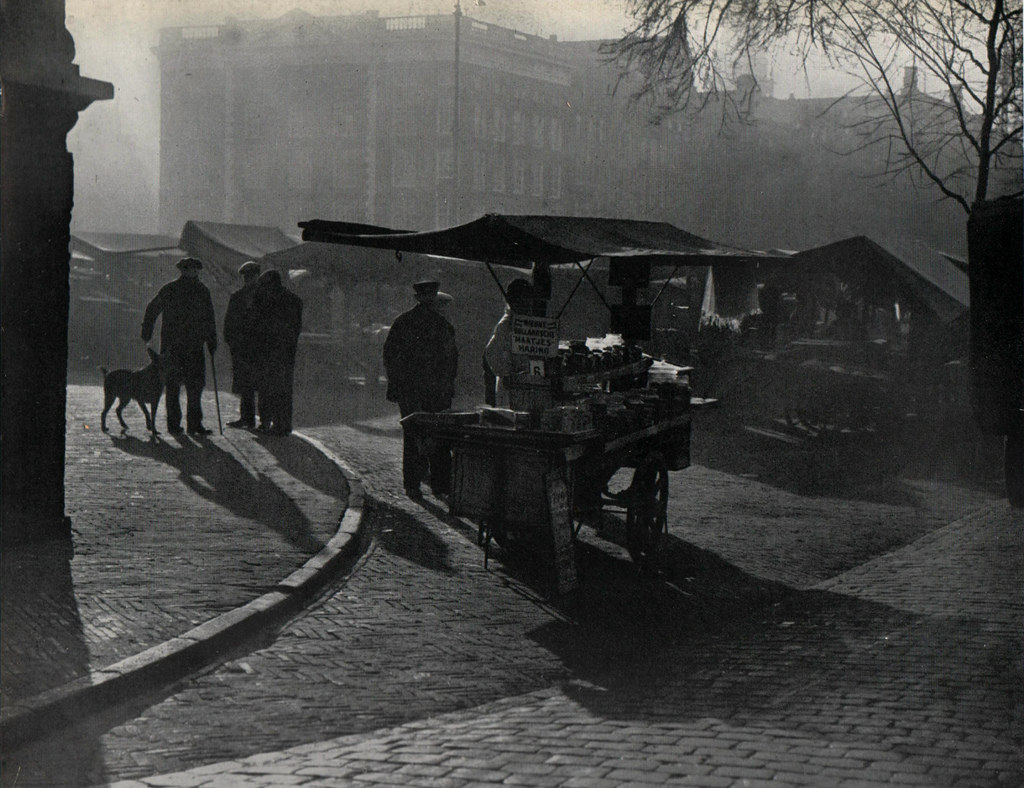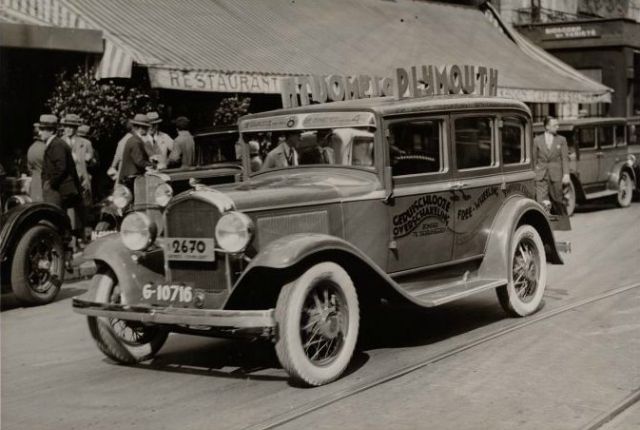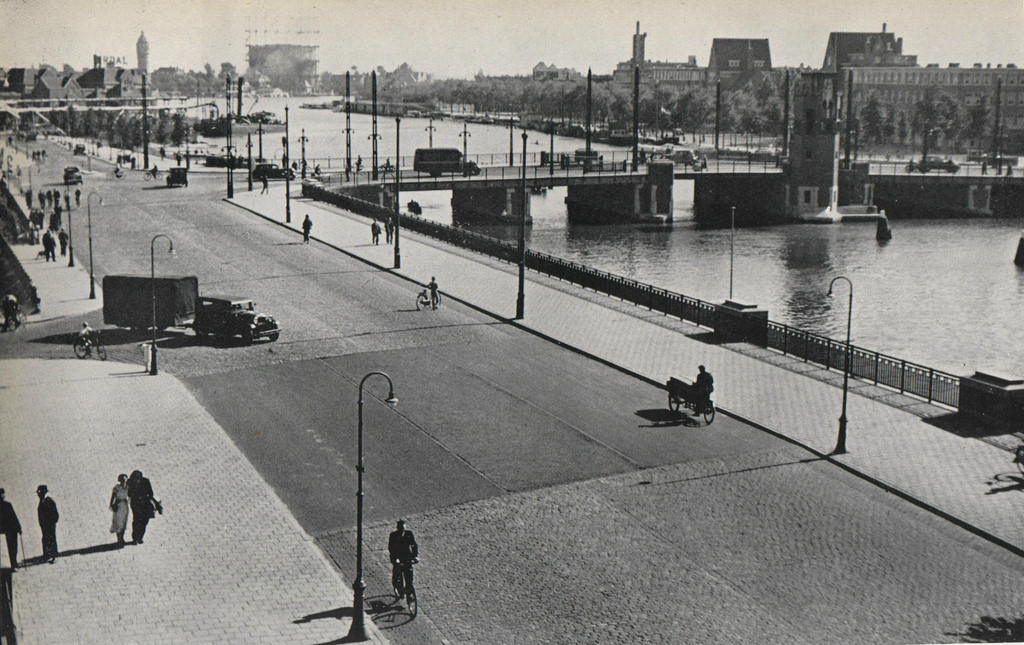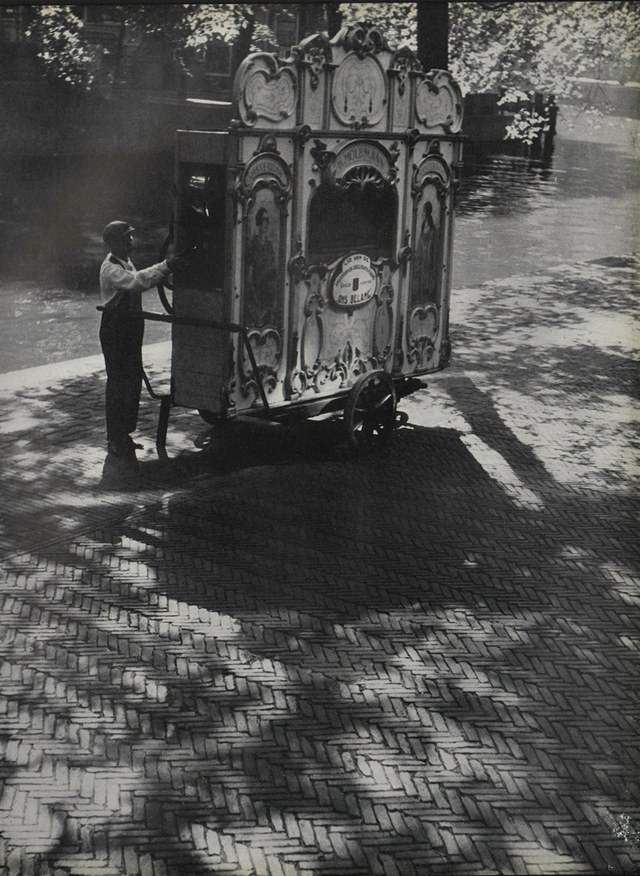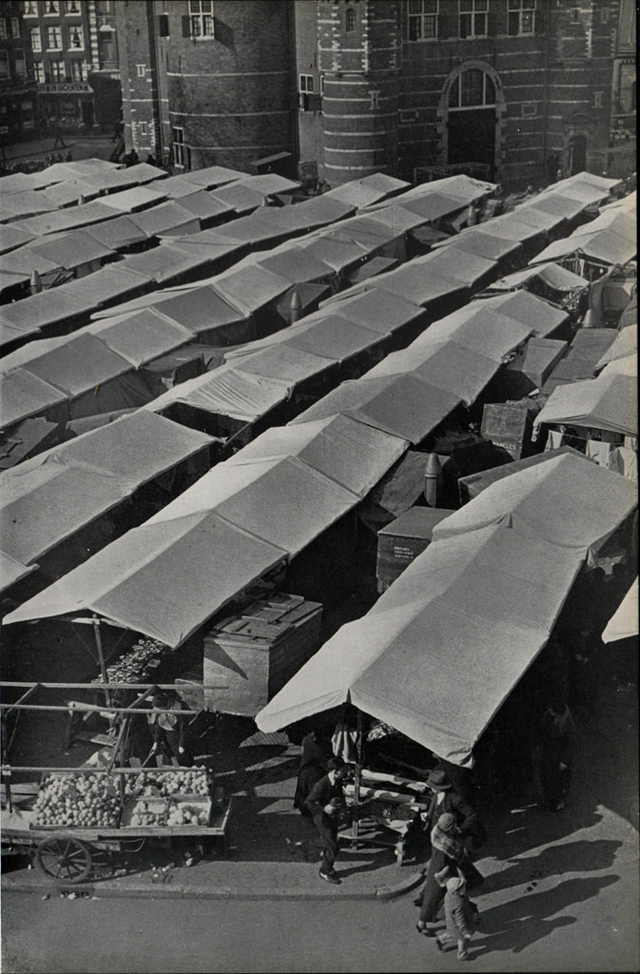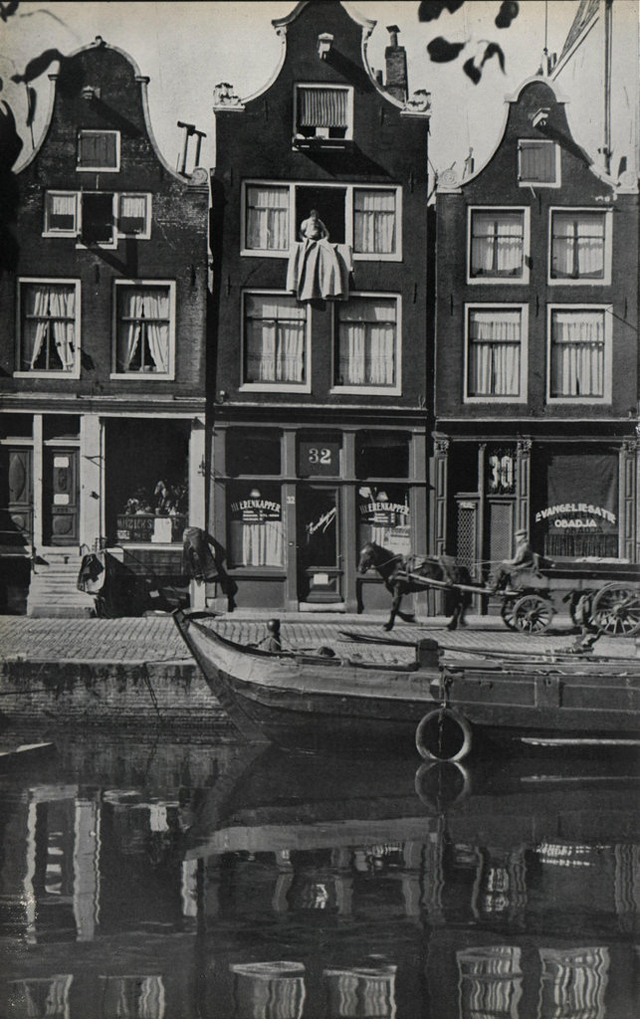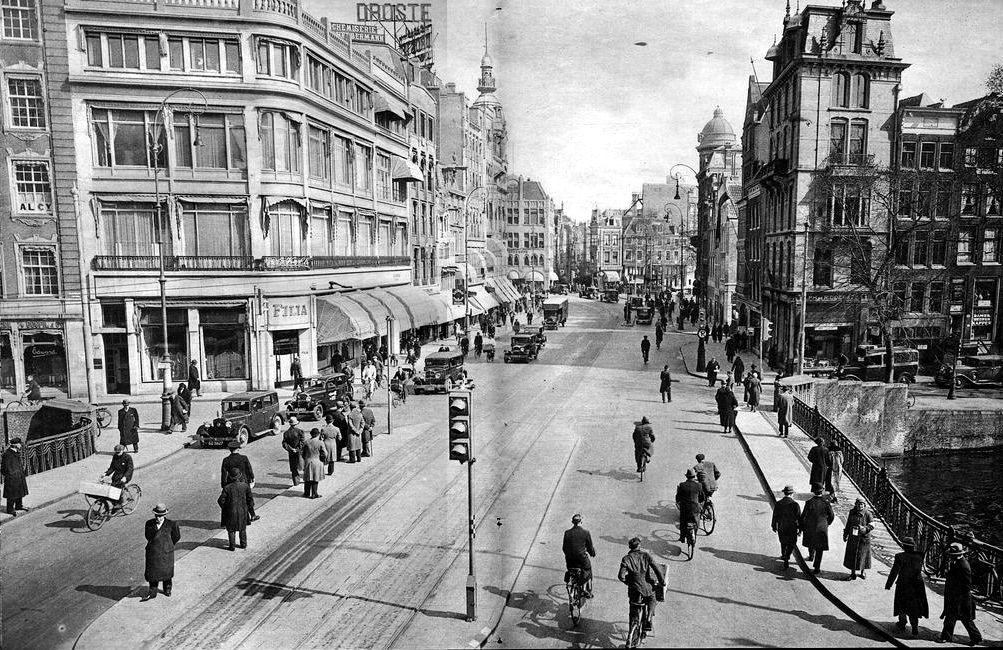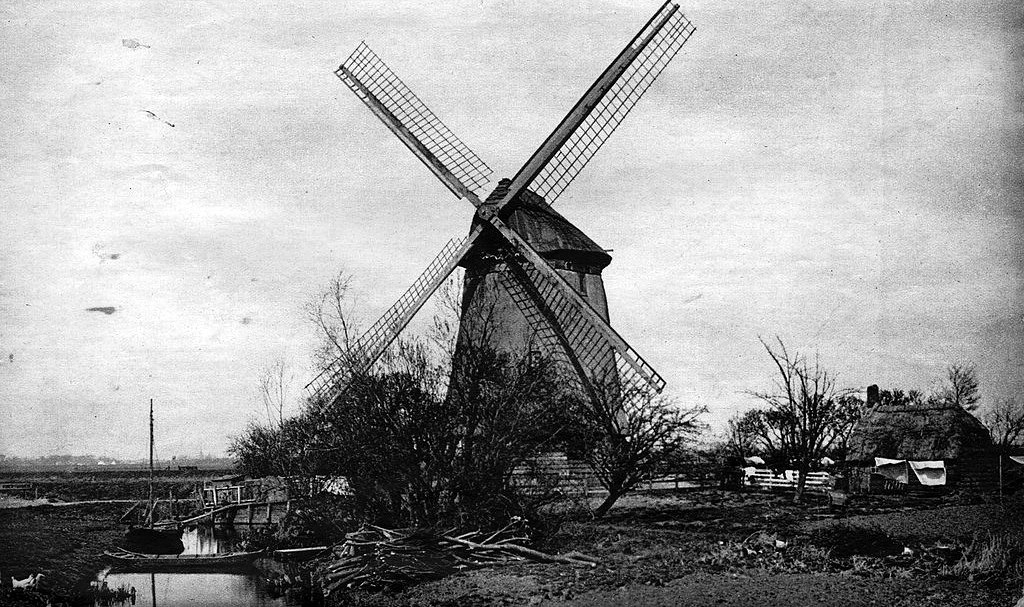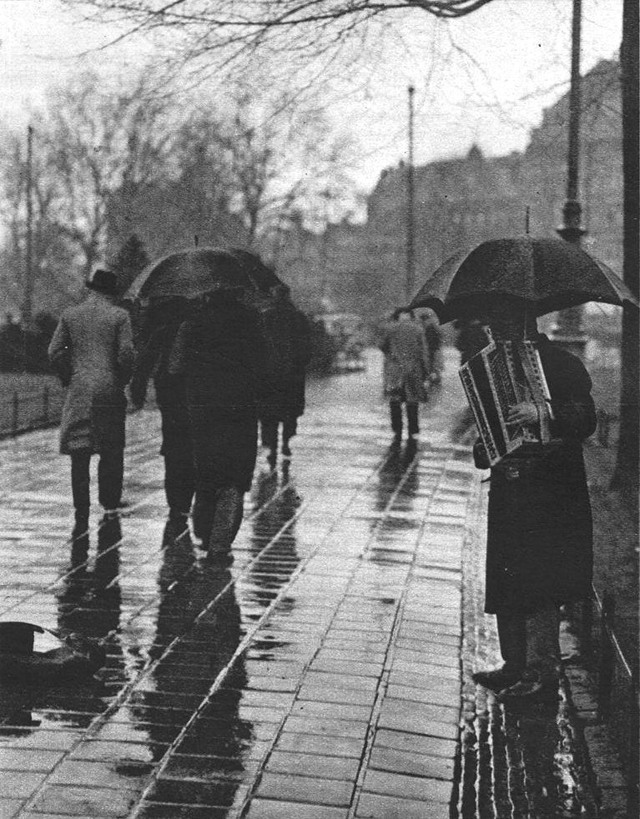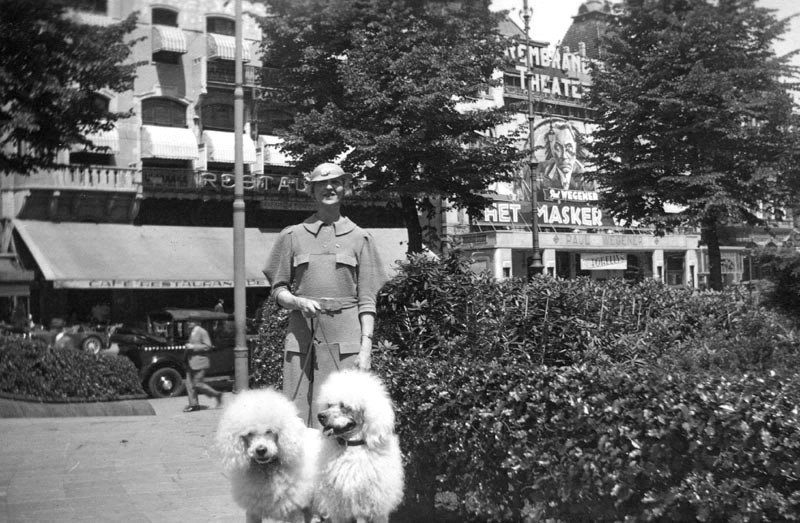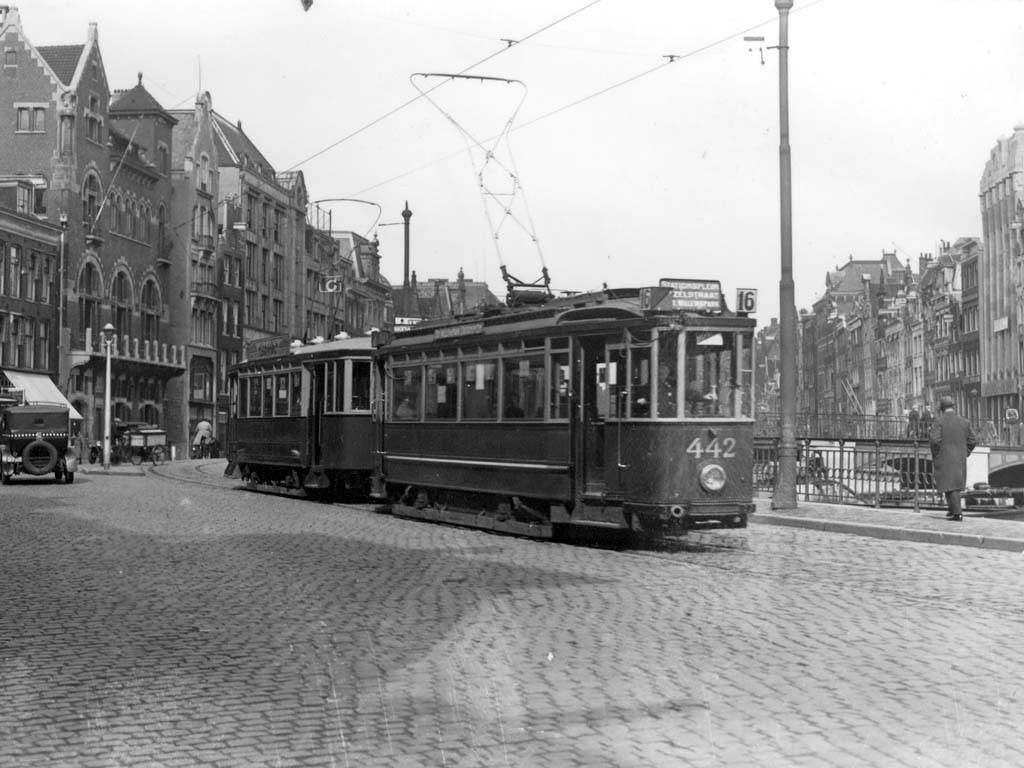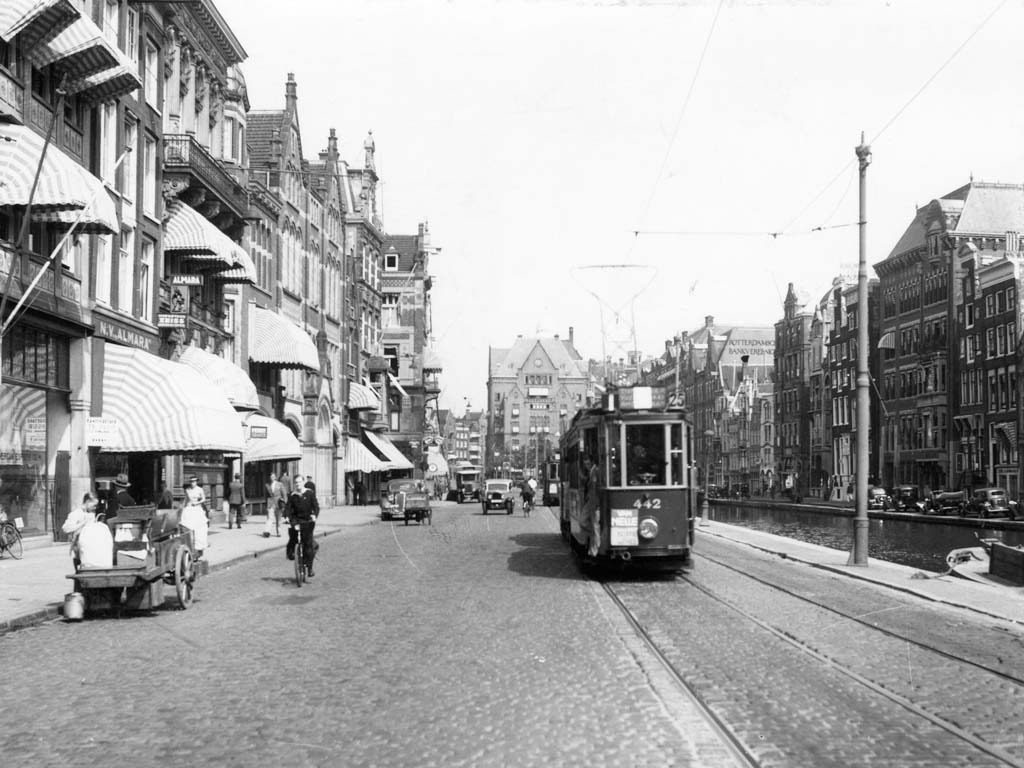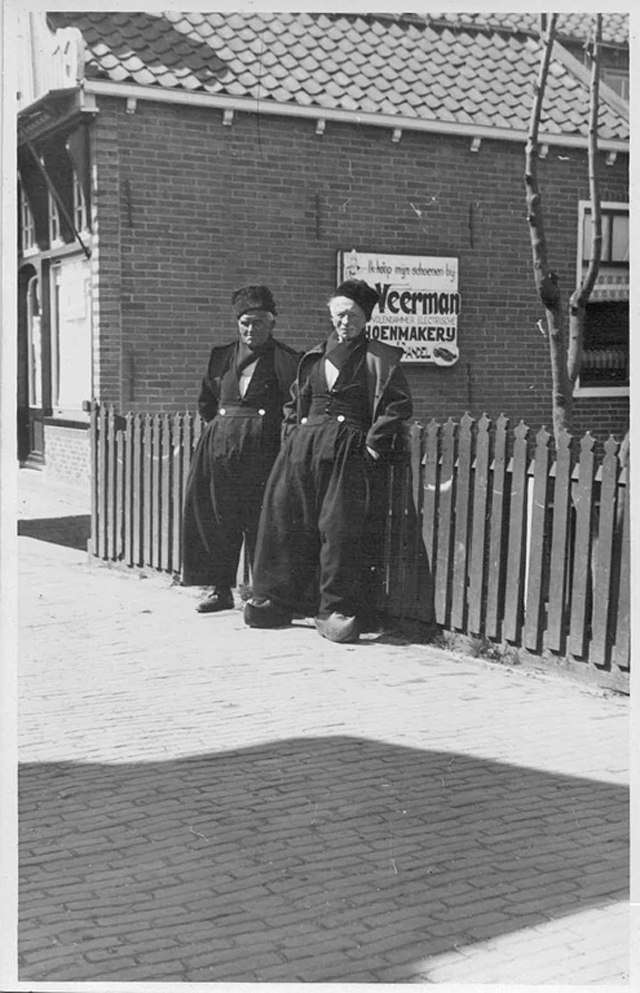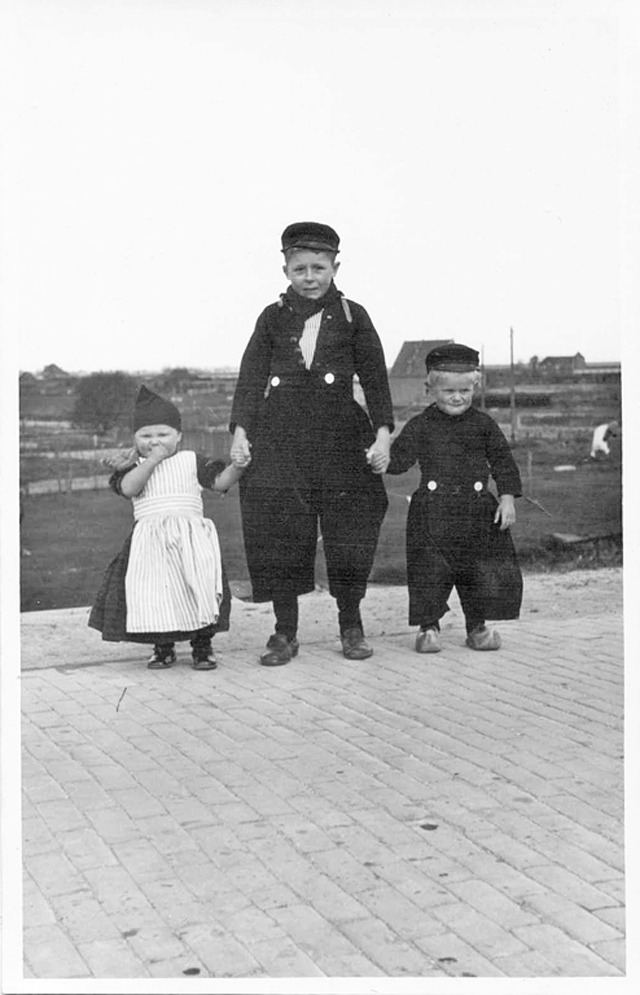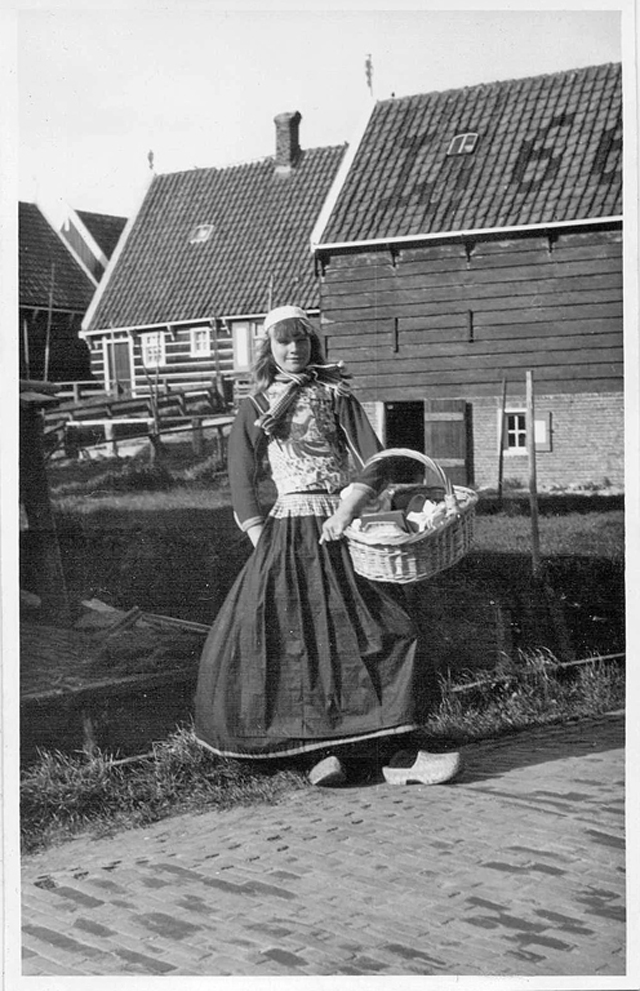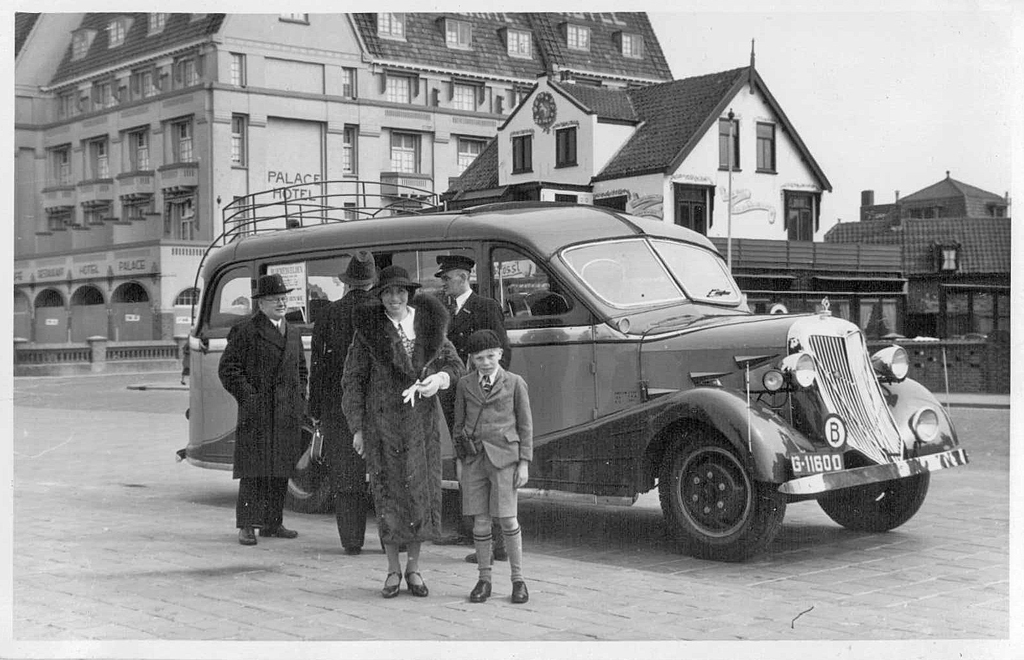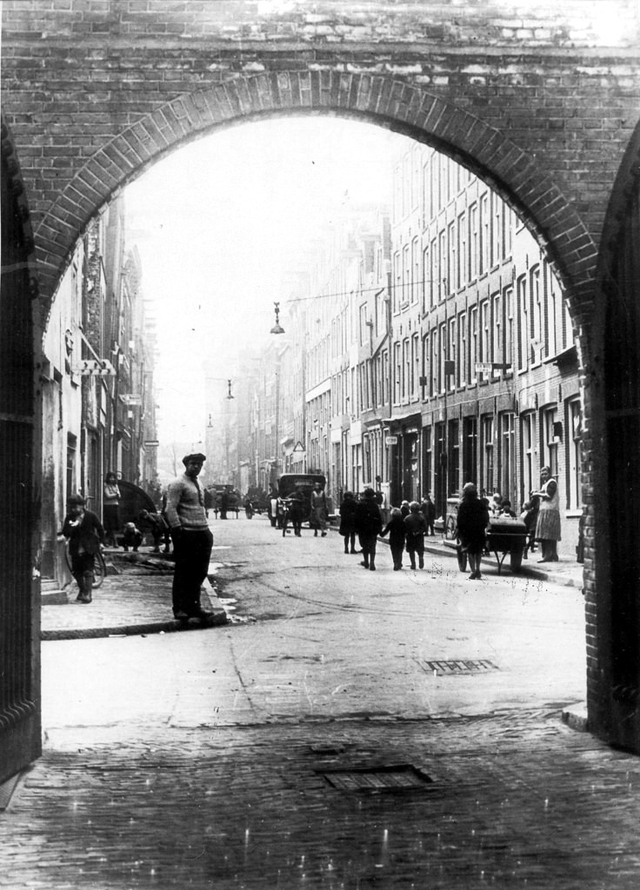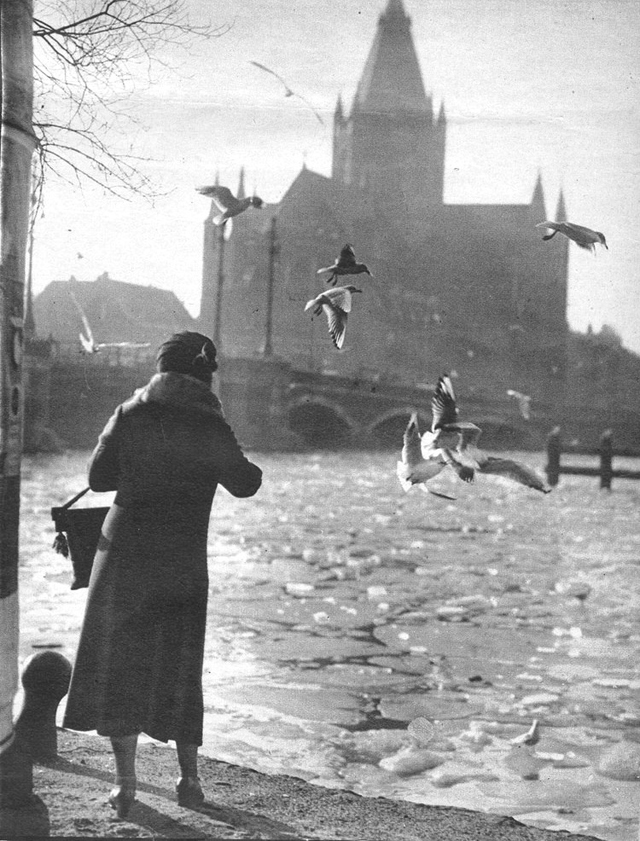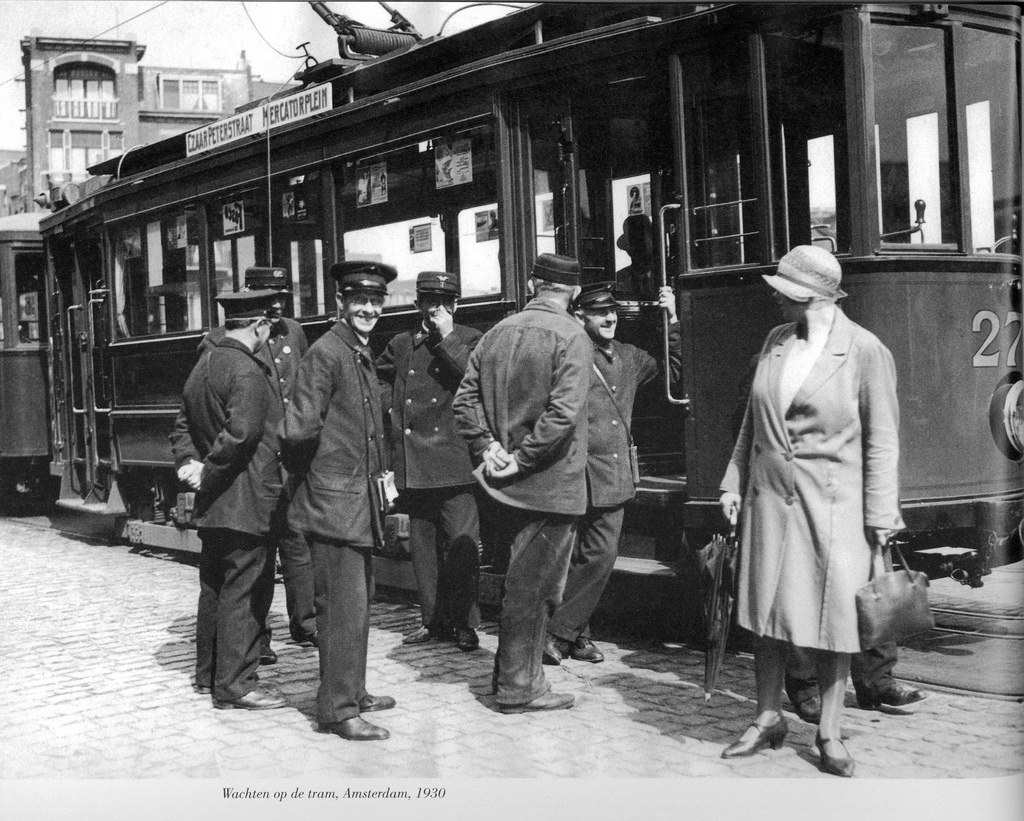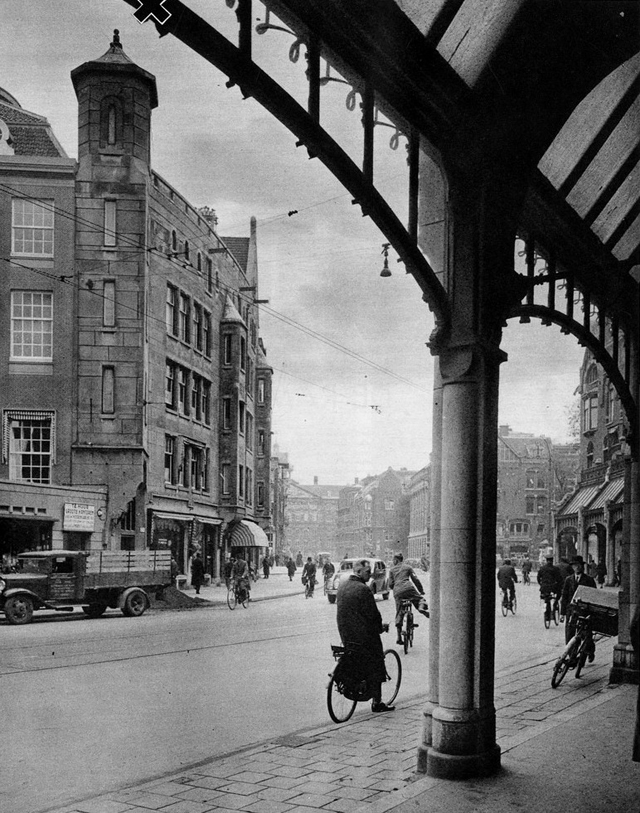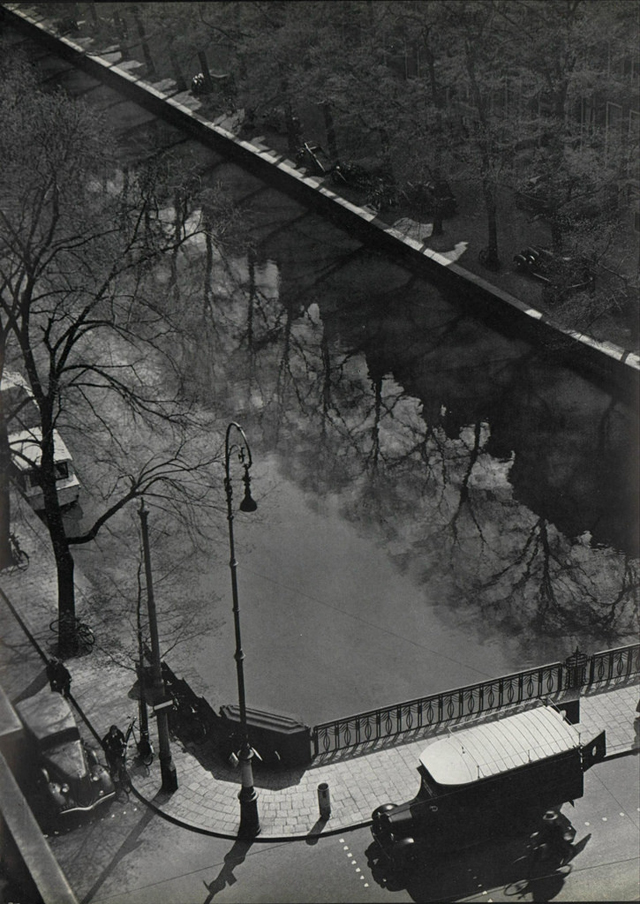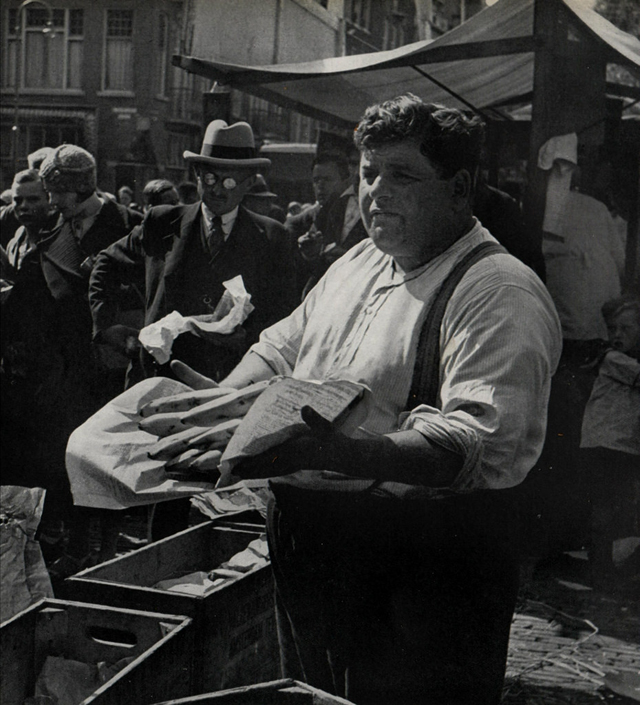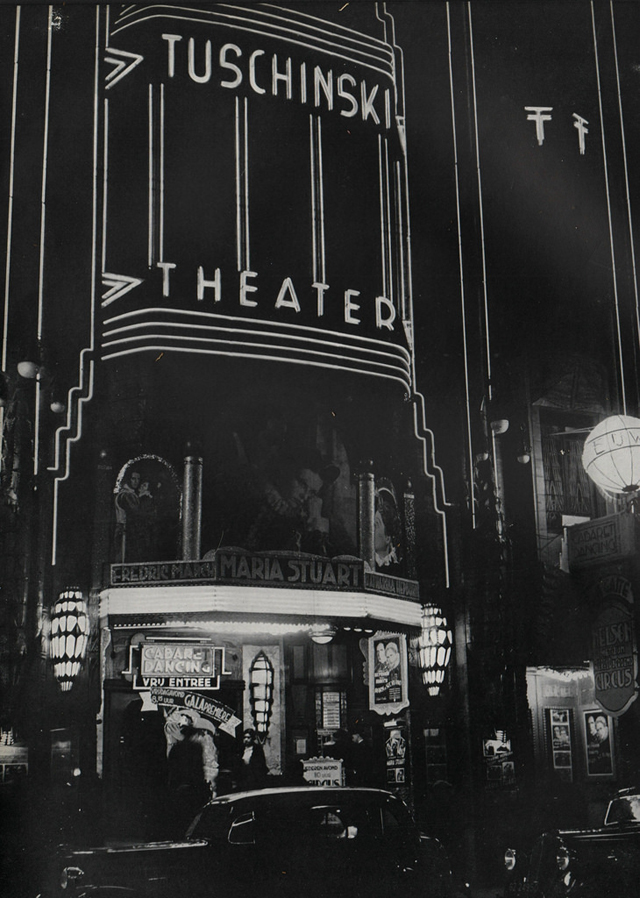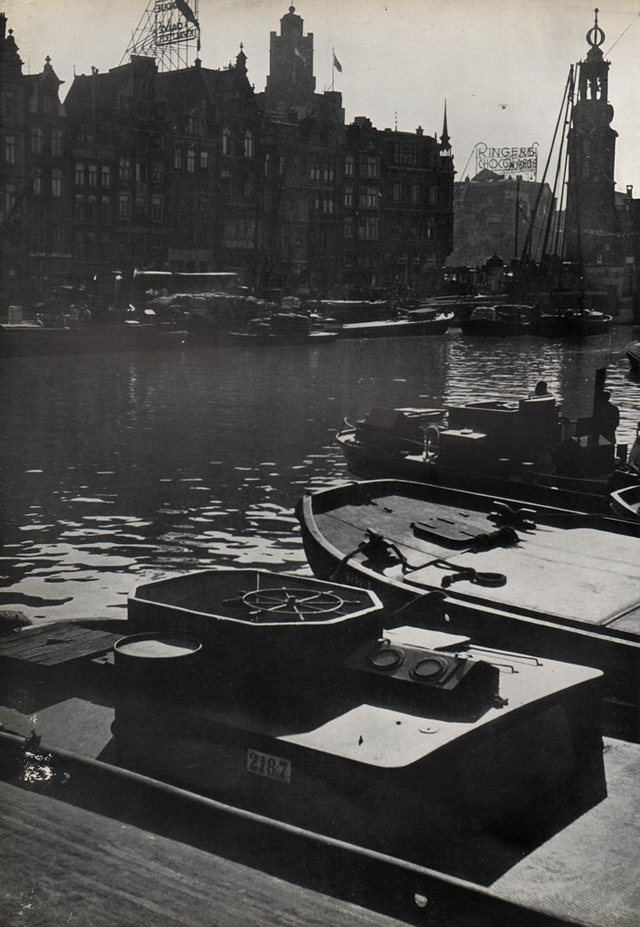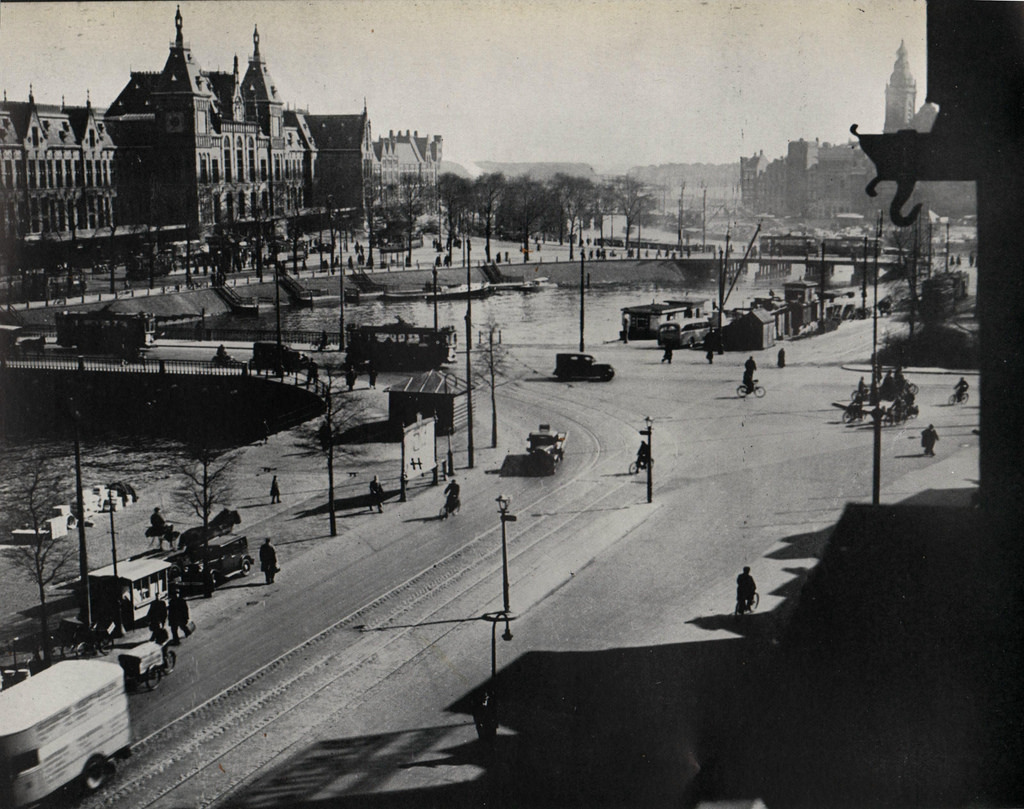Originally a small fishing village in the late 12th century, Amsterdam became a major world port during the Dutch Golden Age of the 17th century, when the Netherlands was an economic powerhouse. Amsterdam is the leading center for finance and trade, as well as a hub of production of secular art. In the 19th and 20th centuries, the city expanded and many new neighborhoods and suburbs were planned and built. The canals of Amsterdam and the 19-20th century Defence Line of Amsterdam are both on the UNESCO World Heritage List. Sloten, annexed in 1921 by the municipality of Amsterdam, is the oldest part of the city, dating to the 9th century. The city has a long tradition of openness, liberalism, and tolerance. Cycling is key to the city’s modern character, and there are numerous biking paths and lanes spread throughout the entire city. Shortly before the First World War, the city started to expand again, and new suburbs were built. Even though the Netherlands remained neutral in this war, Amsterdam suffered a food shortage, and heating fuel became scarce. The shortages sparked riots in which several people were killed. On 1 January 1921, after a flood in 1916, the depleted municipalities of Durgerdam, Holysloot, Zunderdorp and Schellingwoude, all lying north of Amsterdam, were, at their own request, annexed to the city. Between the wars, the city continued to expand, most notably to the west of the Jordaan district in the Frederik Hendrikbuurt and surrounding neighborhoods. The Great Depression in the Netherlands occurred between 1933 and 1936, significantly later than in most other countries. Until 1931 the social consequences of the economic crisis had been limited; by decreasing work hours and wages, mass unemployment had so far been avoided in most sectors. However, around 1931 mass unemployment did start and those workers who could keep their jobs often had to accept significant wage cuts. Rough estimates of unemployment show a surge between 1930 and 1932, and a steady increase up to the end of 1936. Not every sector of the economy suffered equally; while the shipping and trading sectors were hit especially hard, some specialized sectors, such as the tobacco industry, survived the first stage of the depression relatively unharmed. At the start of the depression, employed workers still saw their wage cuts matched by strong decreases of the price of consumption articles. But after the first years of the depression, they too suffered from a decrease in real income. For the increasing numbers of unemployed, the situation was much worse. Until the 1930s, Dutch society did not have the experience and infrastructure needed to deal with mass unemployment. In large parts of society, it was felt that unemployed people should above all be stimulated to find work, so only income support at subsistence level should be given. Even though finding work had now become impossible for large numbers of people, social sentiments towards the unemployed changed only slowly. Labor unions had funds for temporary income support for newly unemployed workers, to which the government added some subsidy. So union members were spared real poverty for a limited period. In the later stages of the depression, however, these union funds became depleted while the government also reduced its subsidy, forcing unions to steadily decrease the time period and amount of support. Non-unionized workers and workers whose union support period had run out depended on a government poverty fund, which supported them up to subsistence level. This minimal income support came with a heavy social stigma, which reflected the values of contemporary society. Support receivers had to report at a government agency twice a day, waiting in the endless lines of unemployed which became a symbol of the depression. They also had to allow government inspectors to visit them at home and investigate their daily life, which quickly became a strongly hated practice among the unemployed. Social stigmatization also took the form of clearly recognizable signs, such as red-colored subsidized clothing and the especially painful sign that a person was exempt from bicycle taxation (to be worn on a bicycle or on one’s clothing). In addition to scarce government aid, there were private initiatives to support the poor.
(Photo credit: Wikimedia Commons / Pinterest / Flickr / Britannica / Netherlands Public Archives). Notify me of new posts by email.
Δ Subscribe
